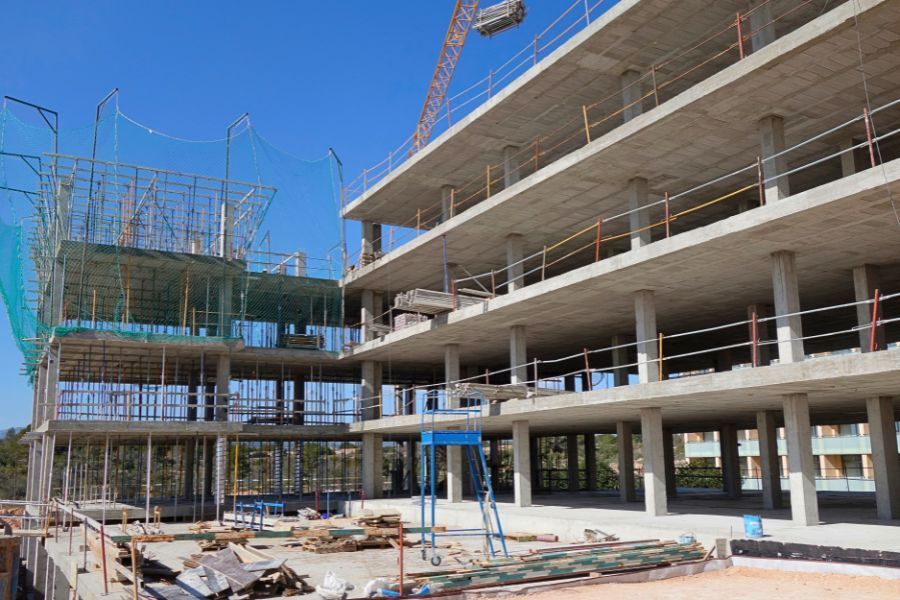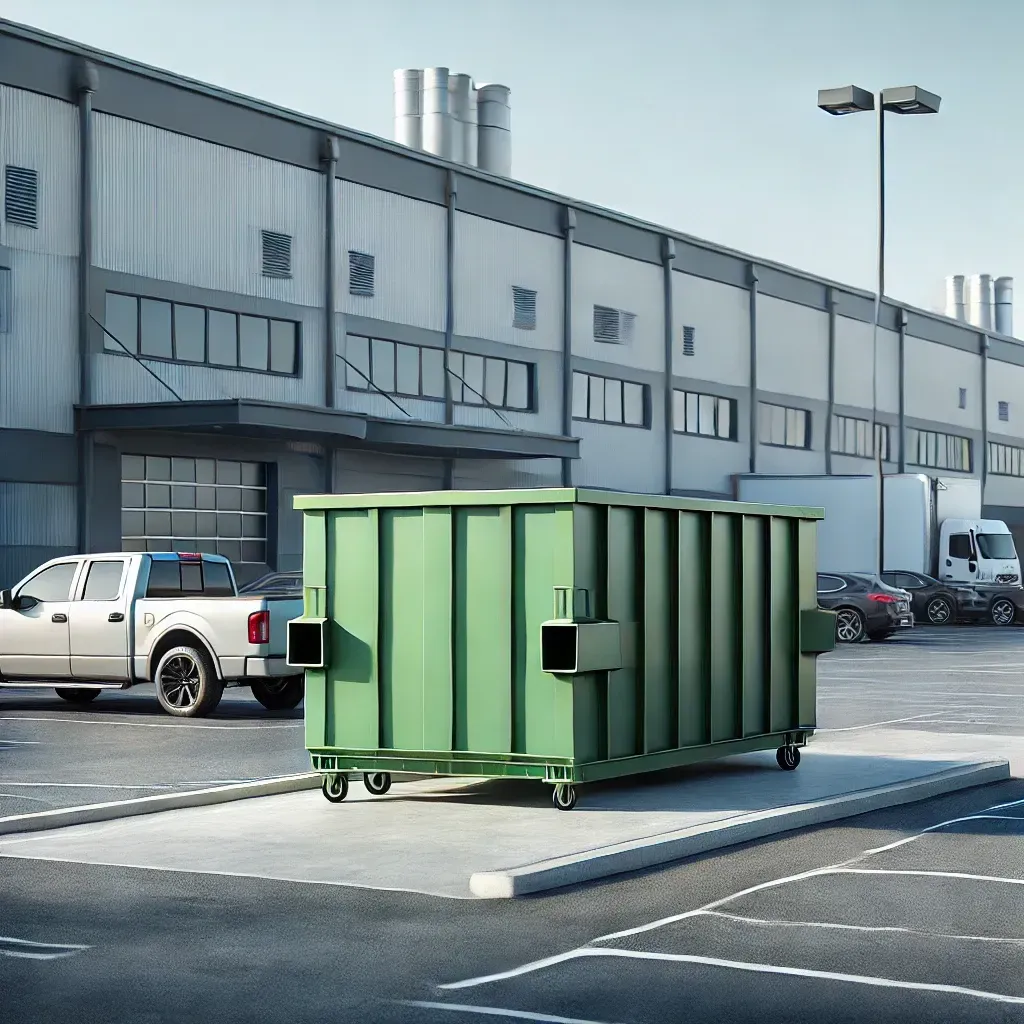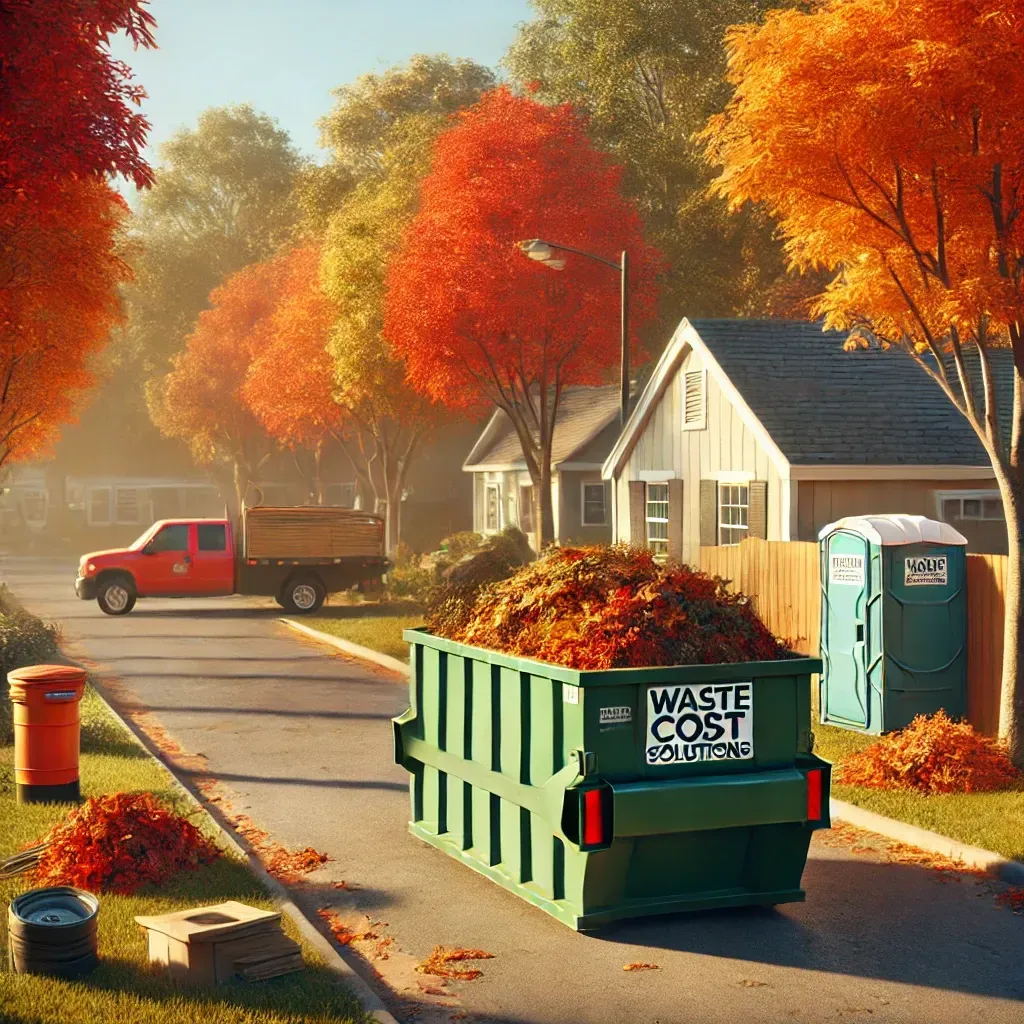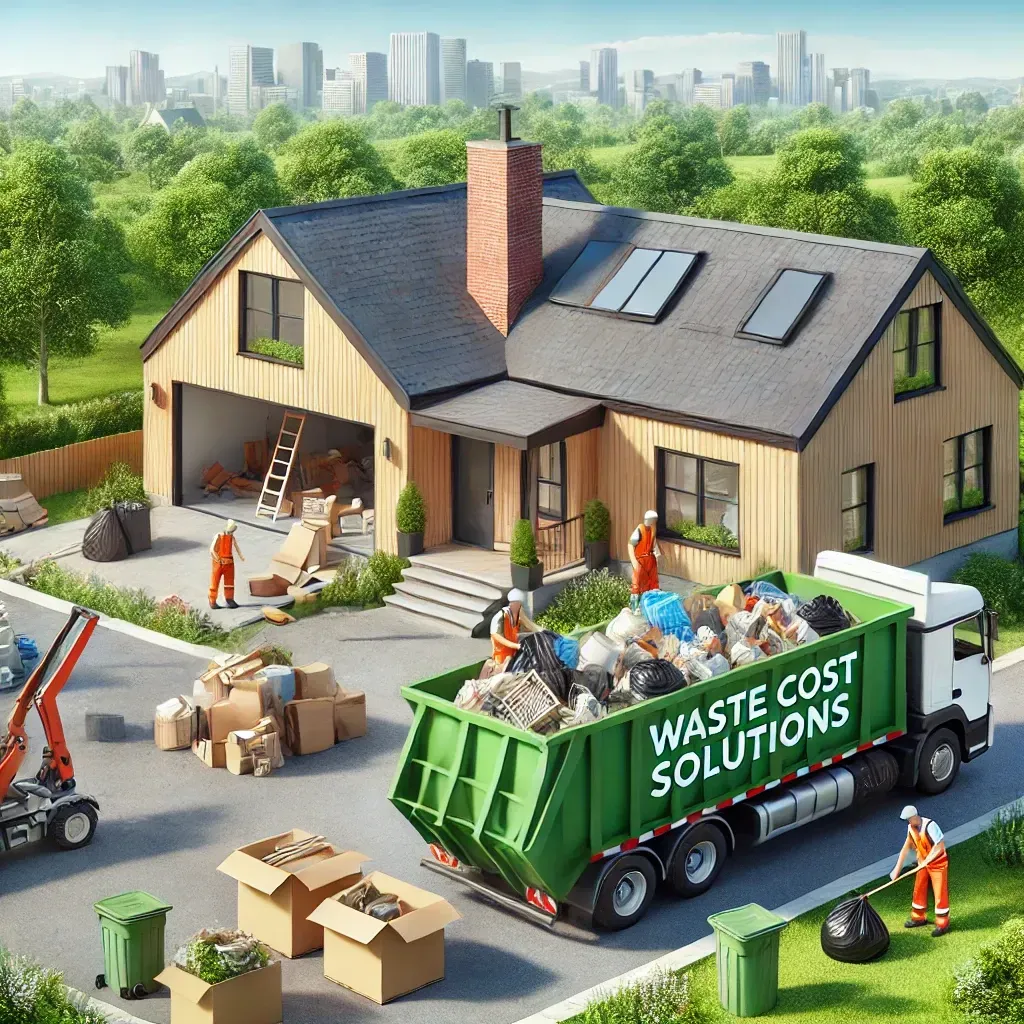What Is Construction and Demolition Waste?
Construction and demolition waste, often abbreviated as C&D waste, represents a significant environmental challenge in the modern world. As our cities grow and evolve, so does the amount of waste produced when buildings are built and torn down. But what exactly is construction and demolition waste, and why should we care about it?
The waste from construction and demolition activities, or C&D waste, includes the materials that are produced from building, renovating, and tearing down structures. These materials include a wide range of items, from concrete, wood, and metal to plastics, insulation, and electrical wiring. C&D waste isn't just an inconvenience; it has a profound impact on our environment, economy, and overall quality of life.
The Origins of Construction and Demolition Waste

Before diving into construction and demolition waste, let's set the stage by understanding where it comes from. Think about all the times you've seen a building being built or torn down. Those bustling construction sites and noisy demolition zones are the birthplaces of this waste. But there's more to it than meets the eye.
- Building Phase: When we build something new, we often order too many materials to be safe. This extra stuff becomes waste when the project is done.
- Demolition Phase: When we knock down old buildings to make room for new ones, we create a mountain of debris. This includes bricks, concrete, and more.
- Renovations: Even smaller home makeovers create waste. Old stuff like floors and walls usually end up in the trash.
- Changes and Delays: Sometimes, unexpected problems make us change our plans or slow things down. This can lead to extra materials that we don't need anymore.
Creating C&D waste is just part of the construction and demolition process, but we can do things to make less of it.
Strategies to Minimize Construction and Demolition Waste
Before diving into the strategies for reducing construction and demolition (C&D) waste, it's important to understand that this type of waste is a significant challenge. When we build or tear down structures, we often end up with a lot of leftover materials that can harm the environment and cost us money. But there are smart ways to tackle this issue and minimize waste.
Now, let's explore some straightforward strategies that can help us reduce C&D waste in an eco-friendly and cost-effective way.
- Recycling: Many materials from C&D can be recycled, like concrete, metal, and wood. We can set up recycling areas on construction sites to separate these materials from the trash.
- Reusing: Sometimes, we can take things apart carefully to save doors, windows, and fixtures for later. This means we don't have to buy new ones for the next project.
- Checking the Trash: Regularly looking at what we're throwing away helps us see where we can do better.
- Build Wisely: Architects and builders can plan structures to make them easier to take apart and reuse. This means using fewer materials and making them easy to recycle.
- Give Away: If we have stuff that's still good but not needed, we can donate it to charities or groups who can use it for other projects.
- Teach Everyone: People who work on construction and demolition sites should learn about how to reduce waste. Knowing what to do helps.
- Follow the Rules: Many governments have rules about how to get rid of C&D waste safely. We should follow these rules to protect the environment.
By doing these things, we can make less C&D waste and help the planet.
Conclusion
In the end, C&D waste is a big problem that affects the environment and our lives. It's not just about knowing what C&D waste is, but also about how we deal with it. When we don't handle demolition waste disposal properly, it can harm the environment, waste resources, and cost us more.
To fix this, we need to use smart practices. We should do things like recycling, saving materials, and being careful with building and demolishing, and we can make a big difference. This helps keep our world cleaner, saves important resources, and makes sure that future generations have a good place to live. Let's build and tear down things with care so that our actions today don't cause problems for the people of tomorrow.











